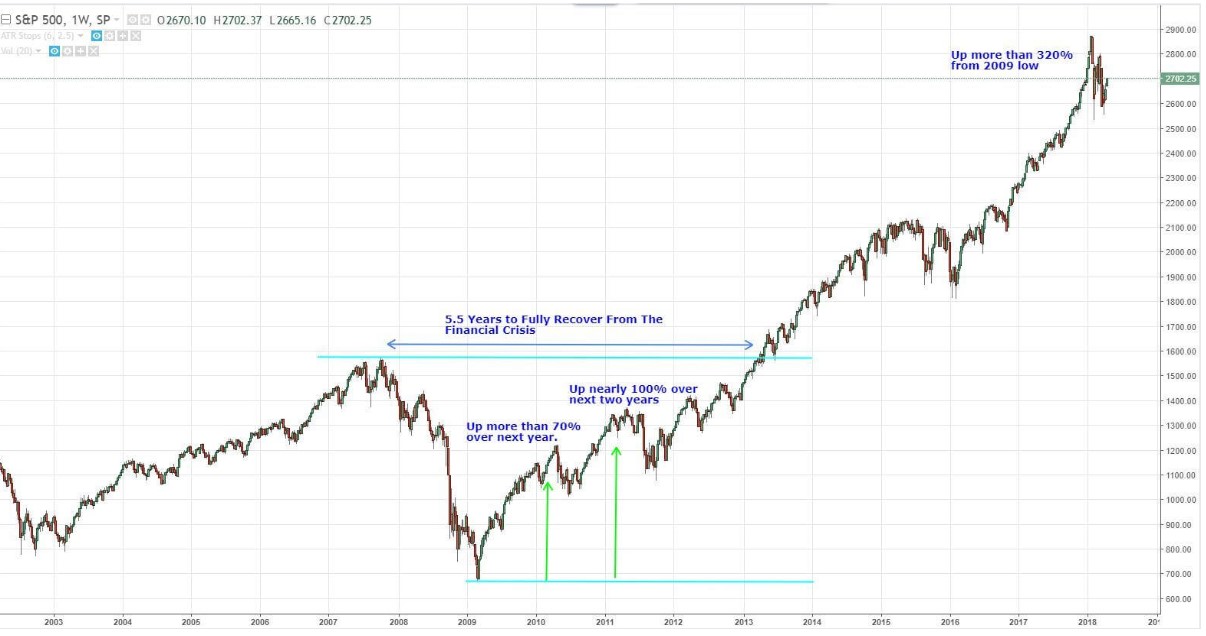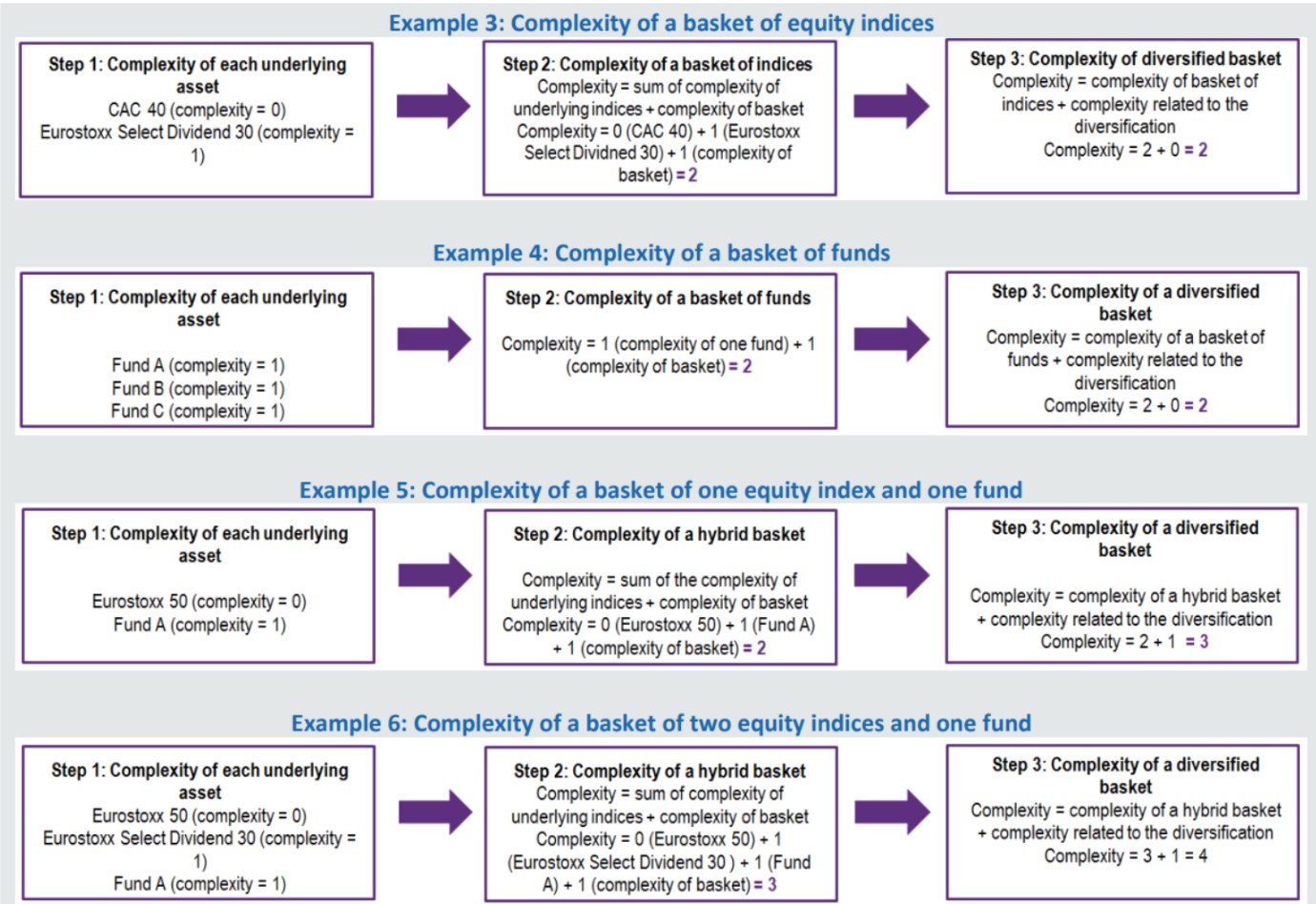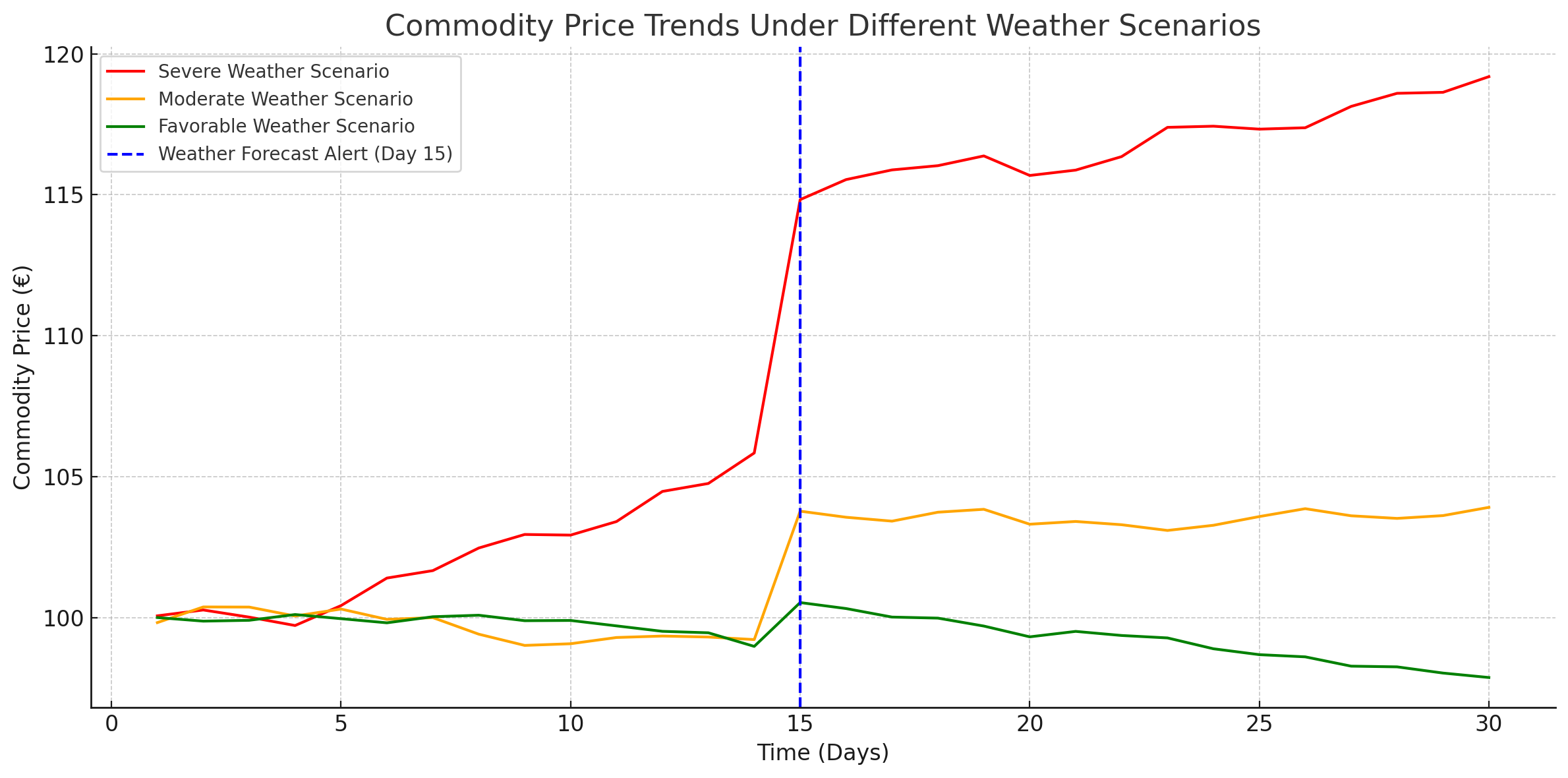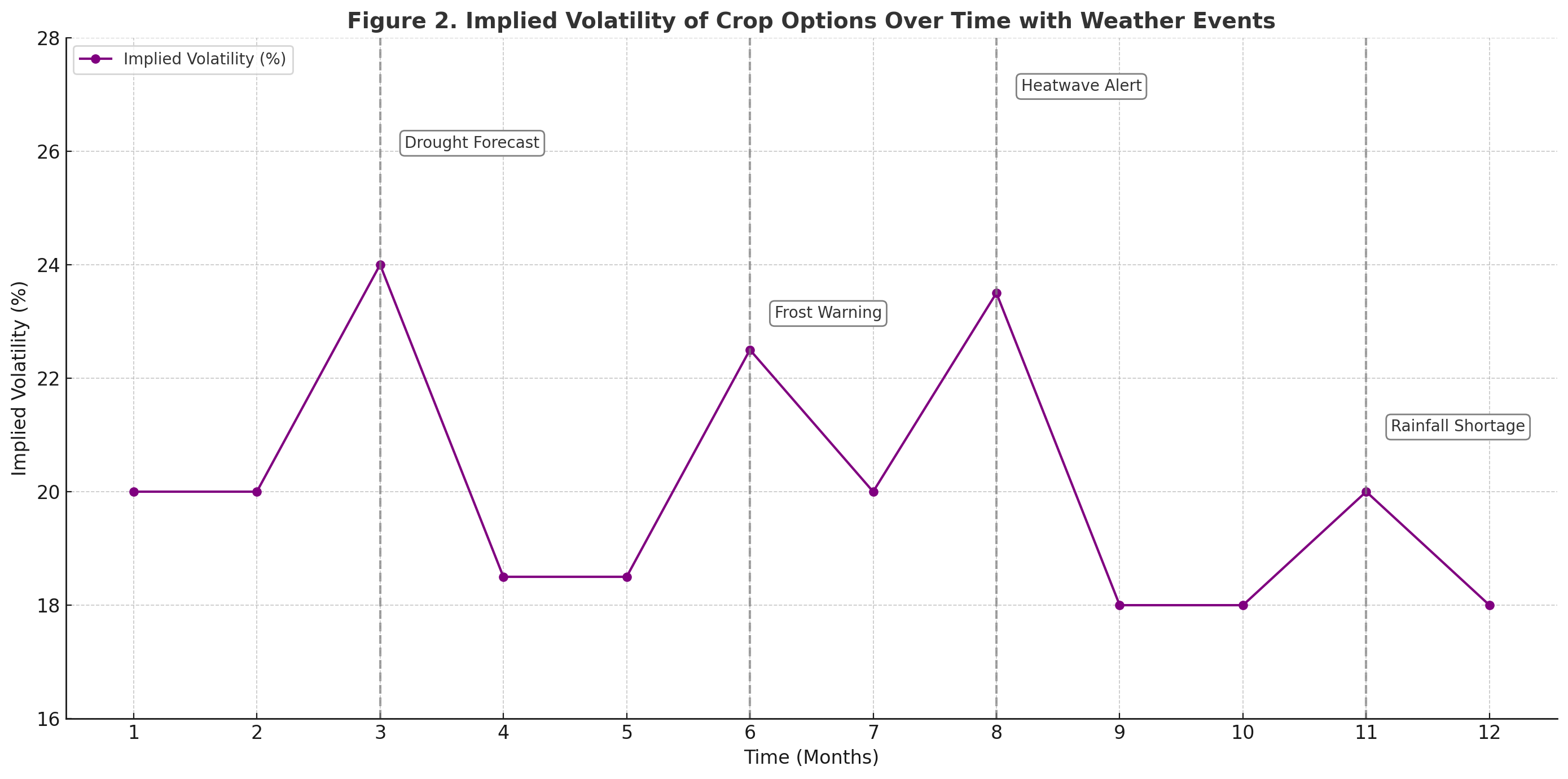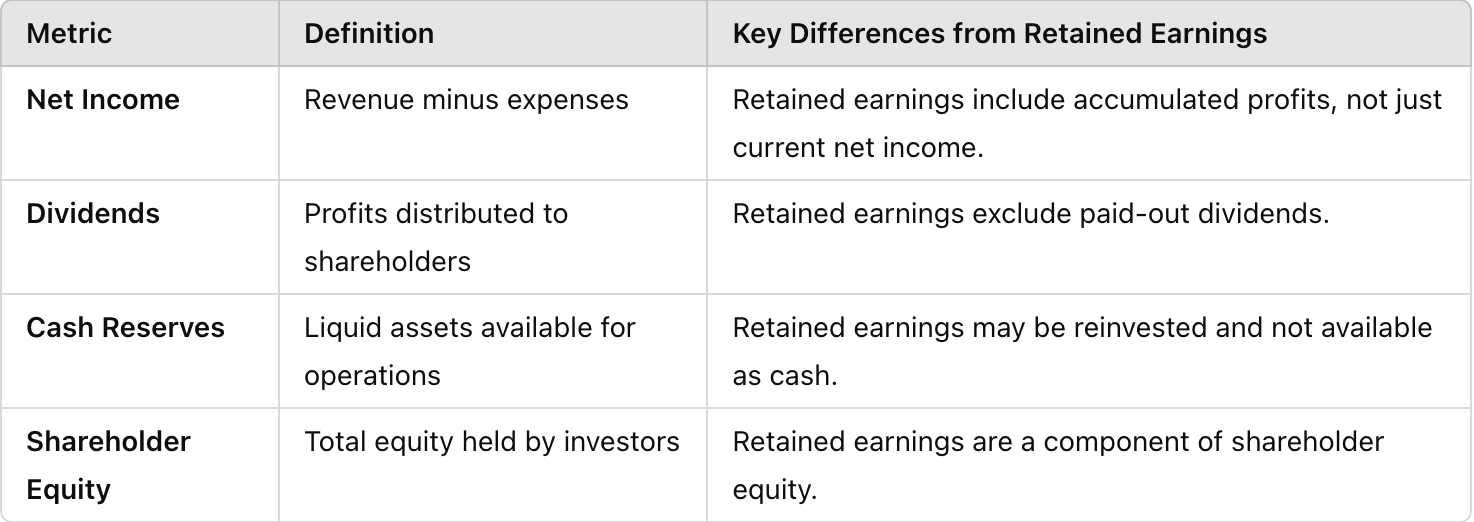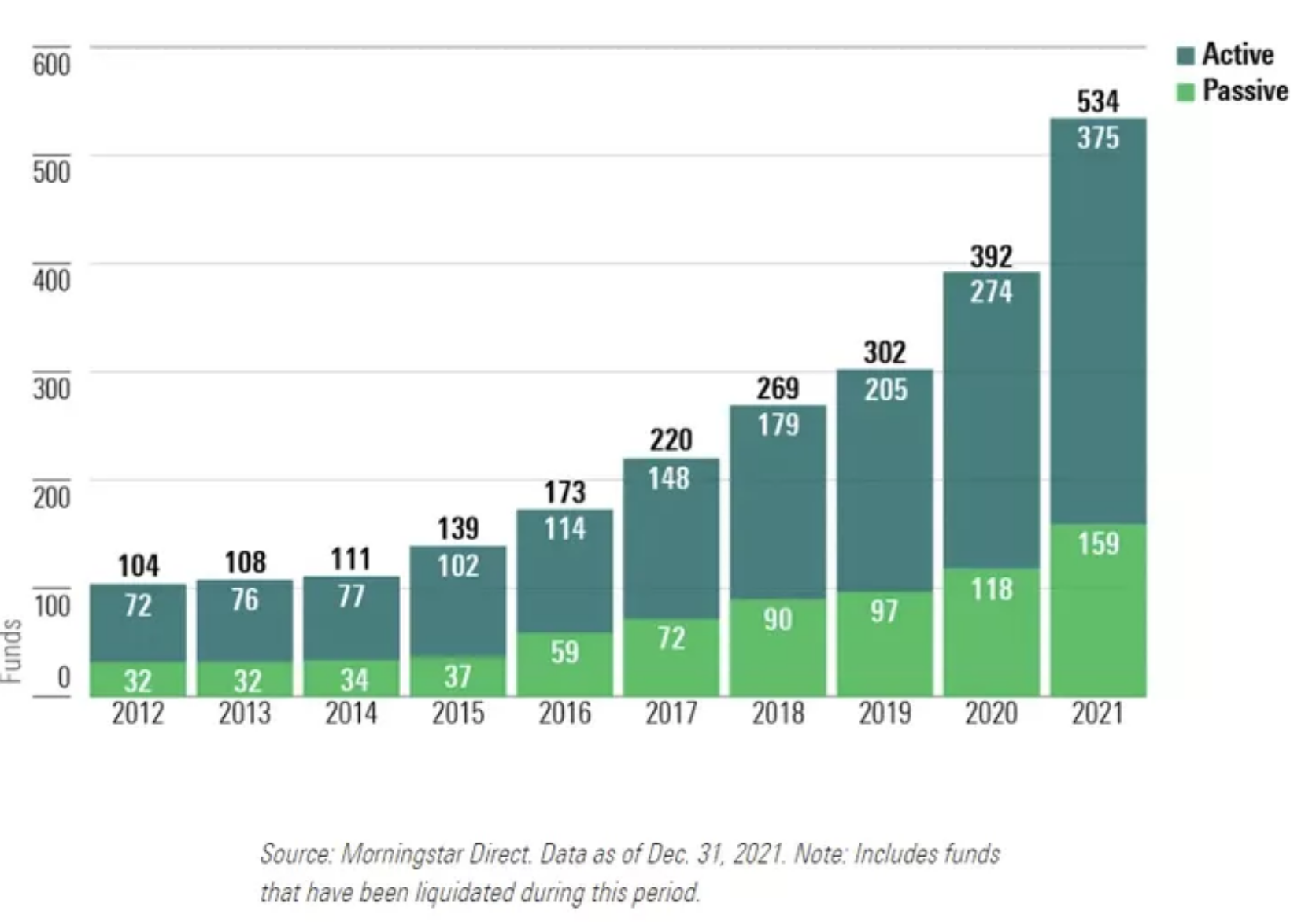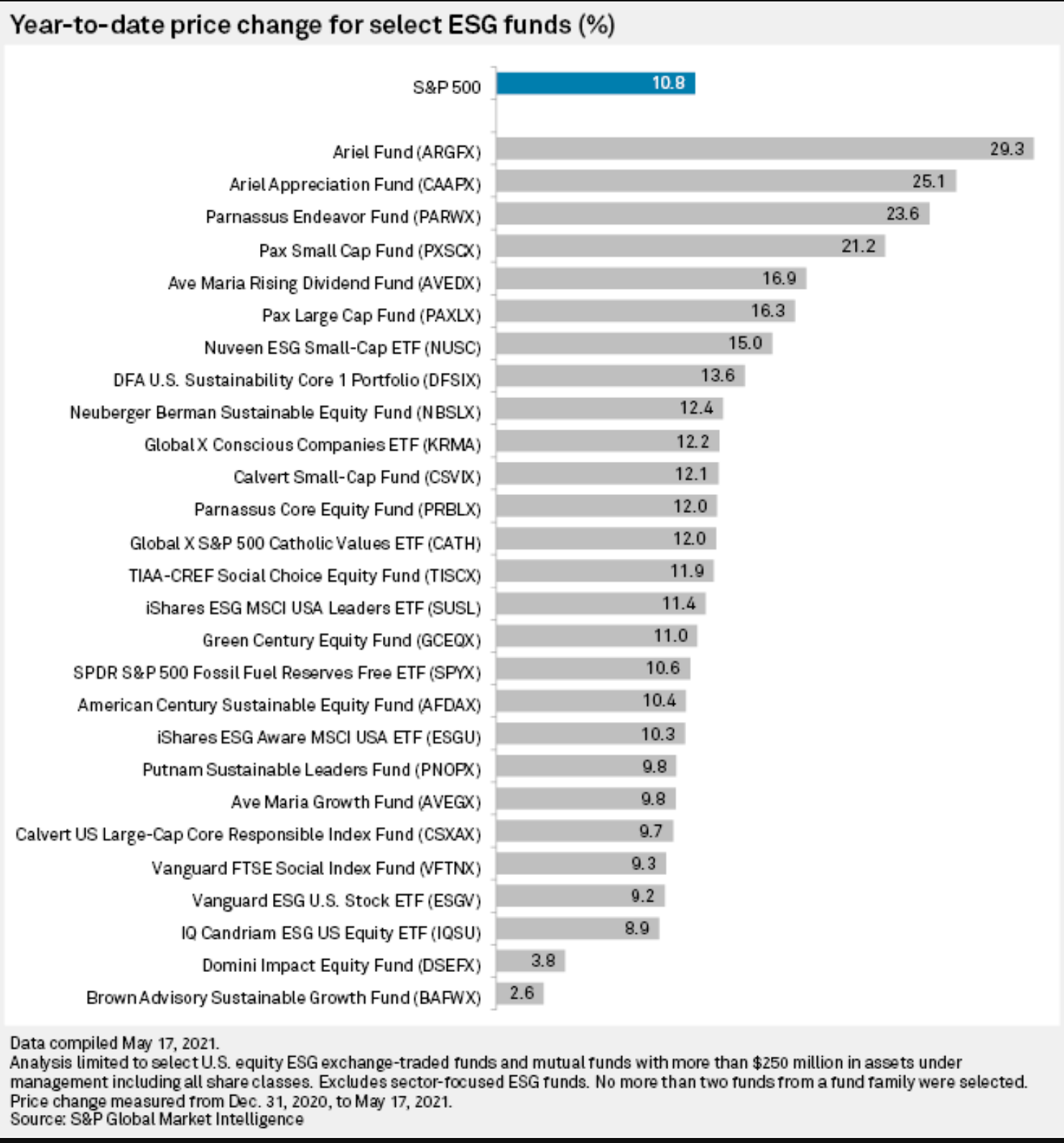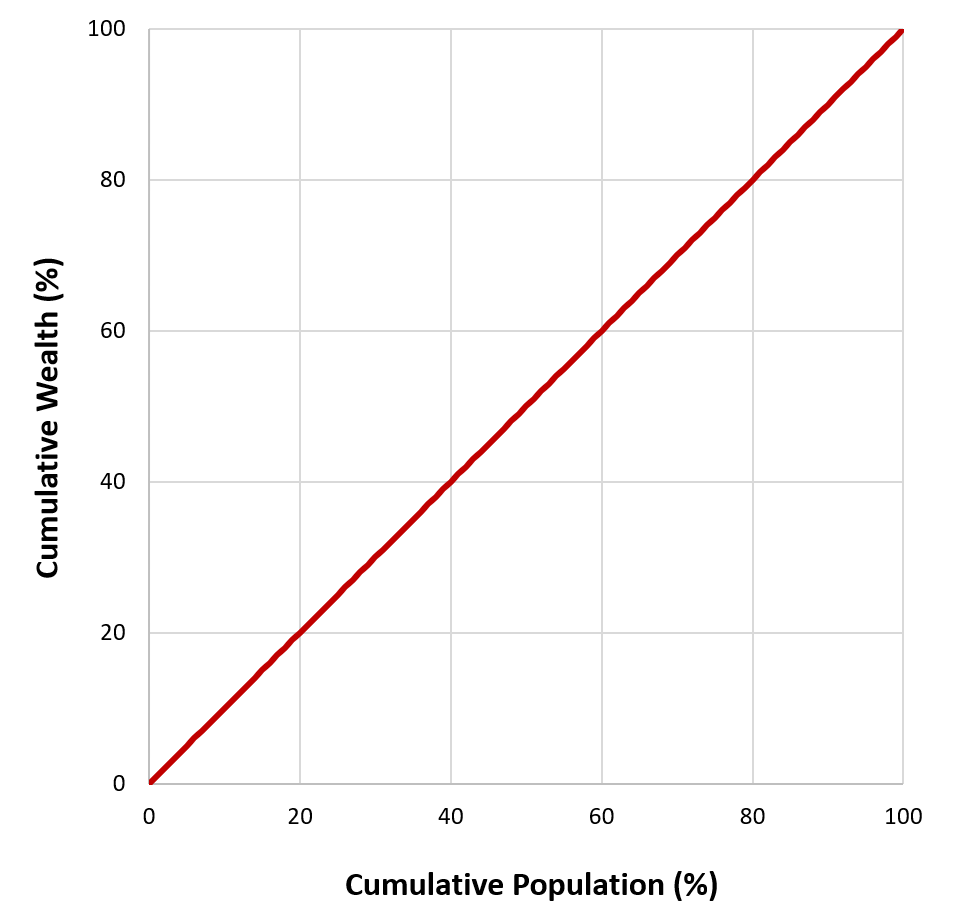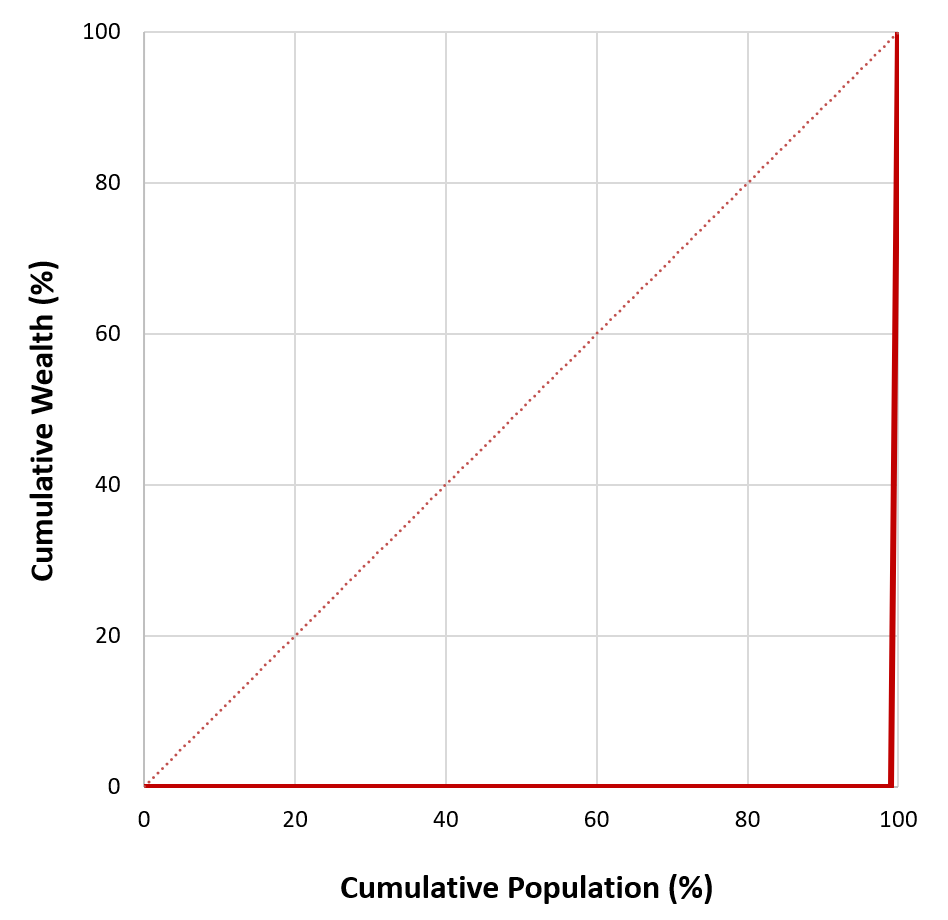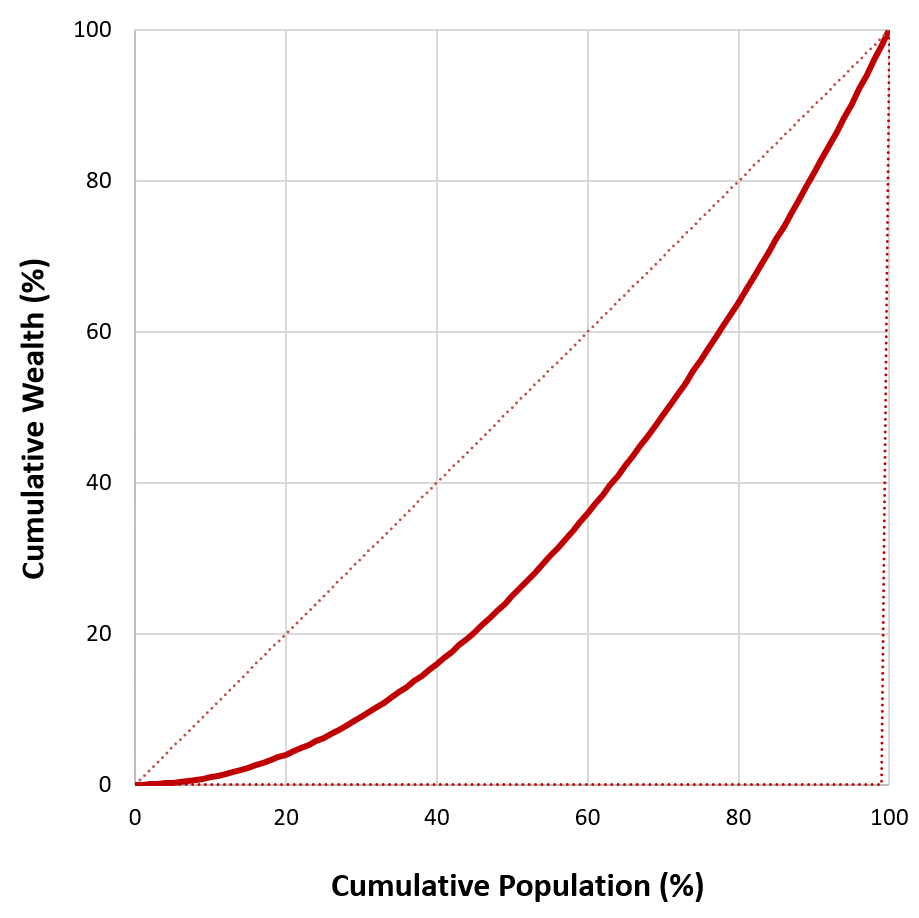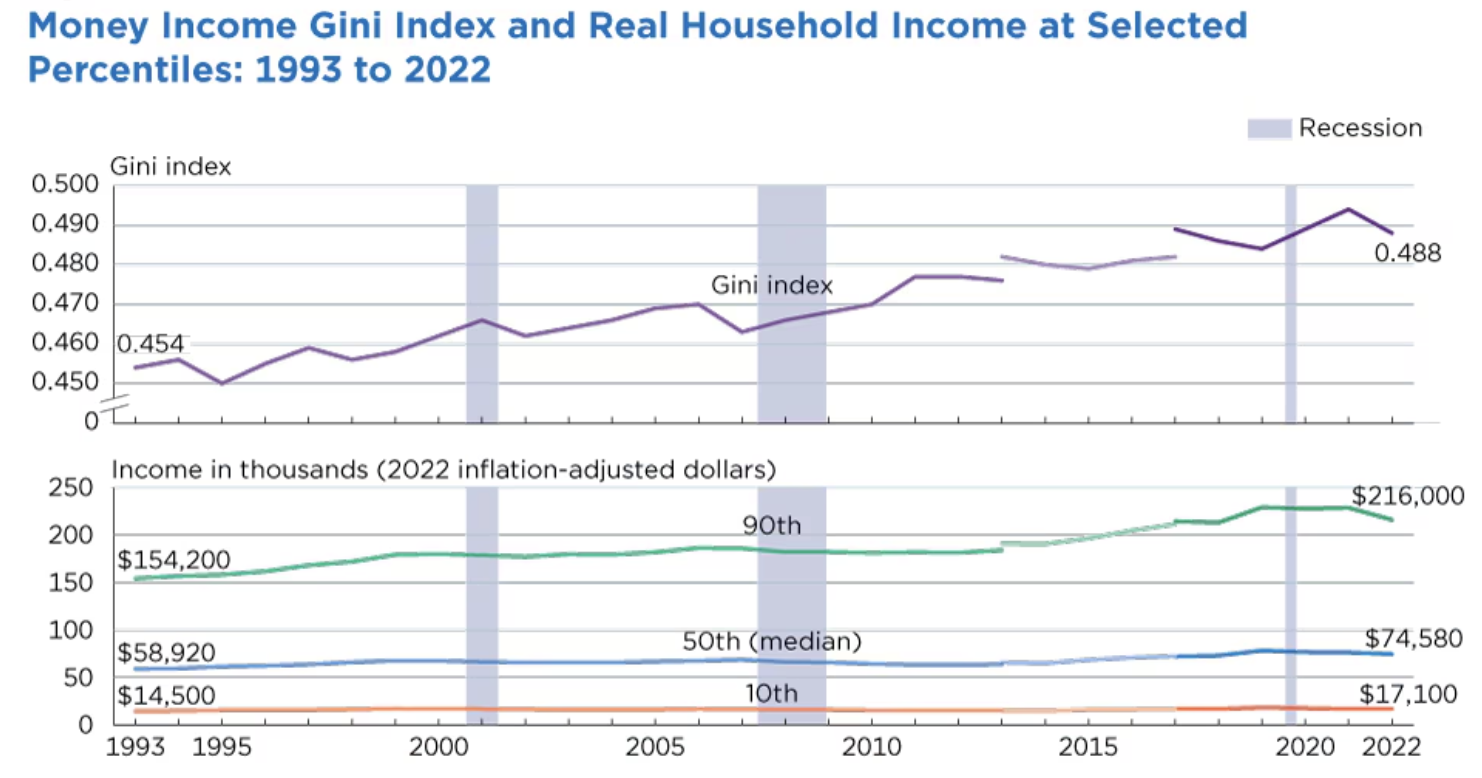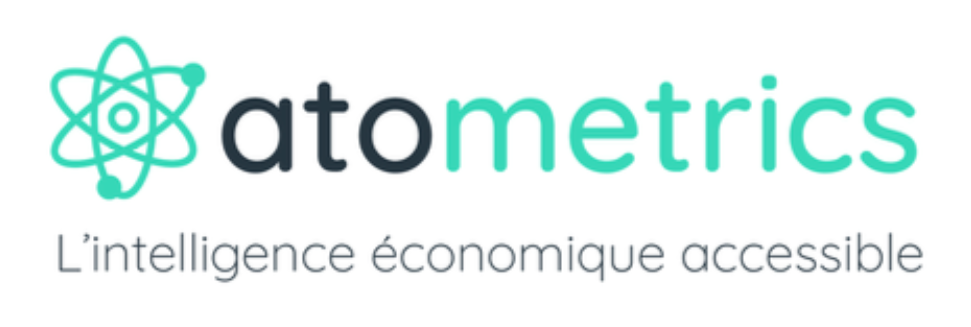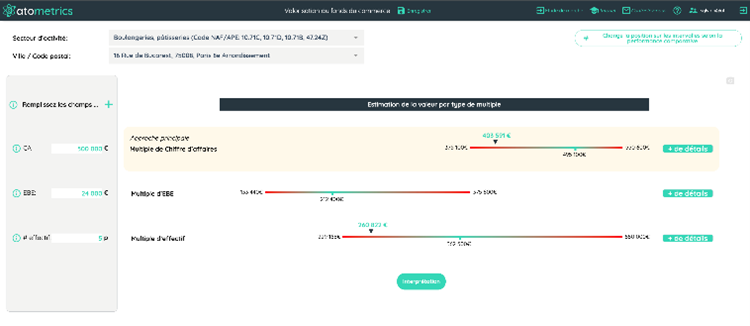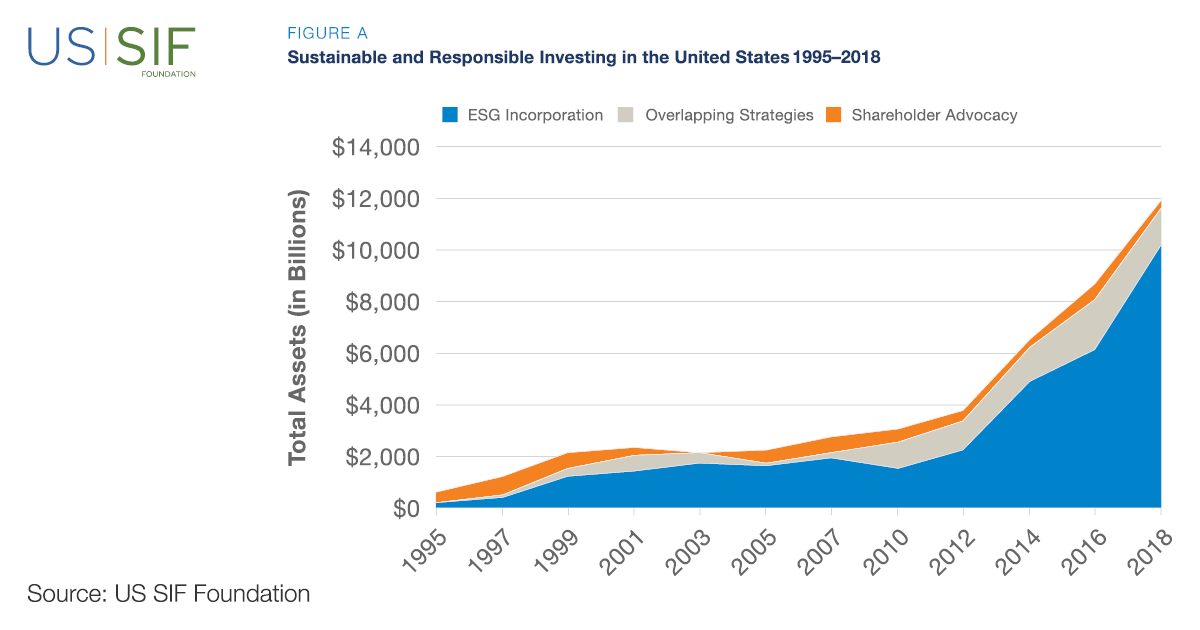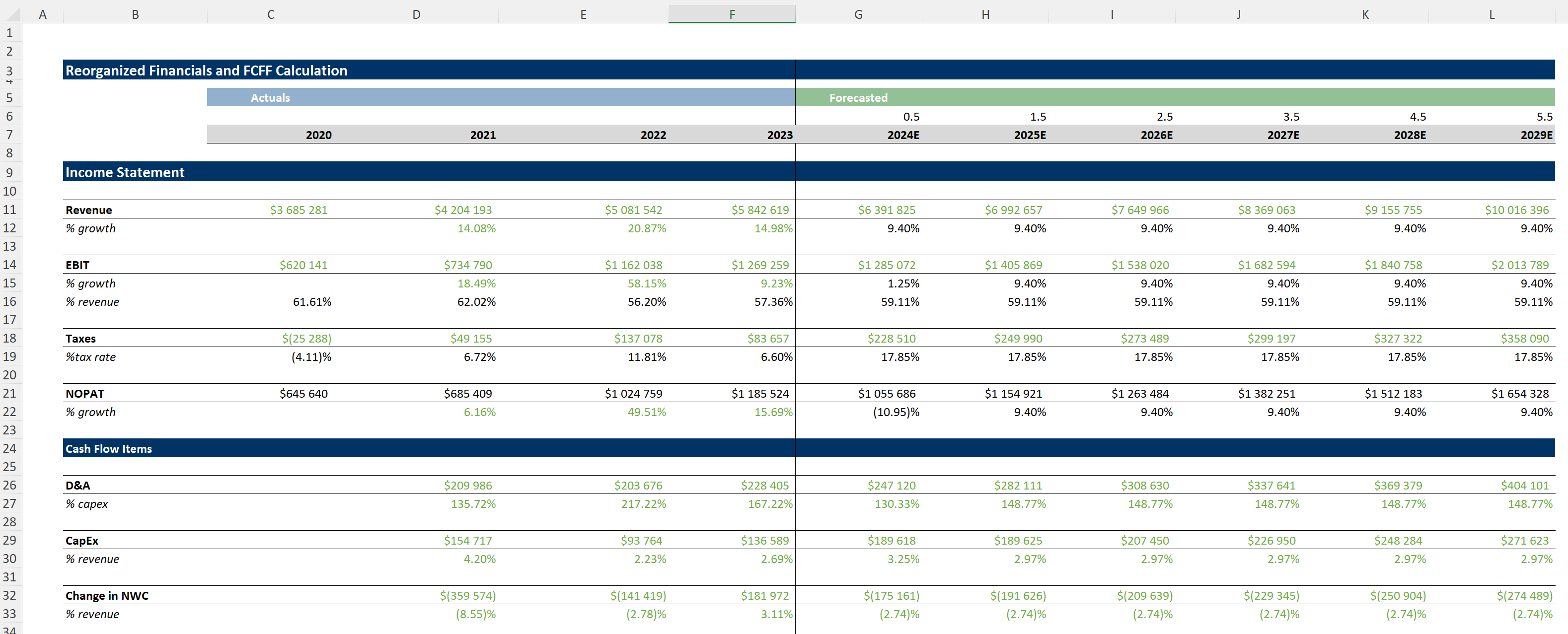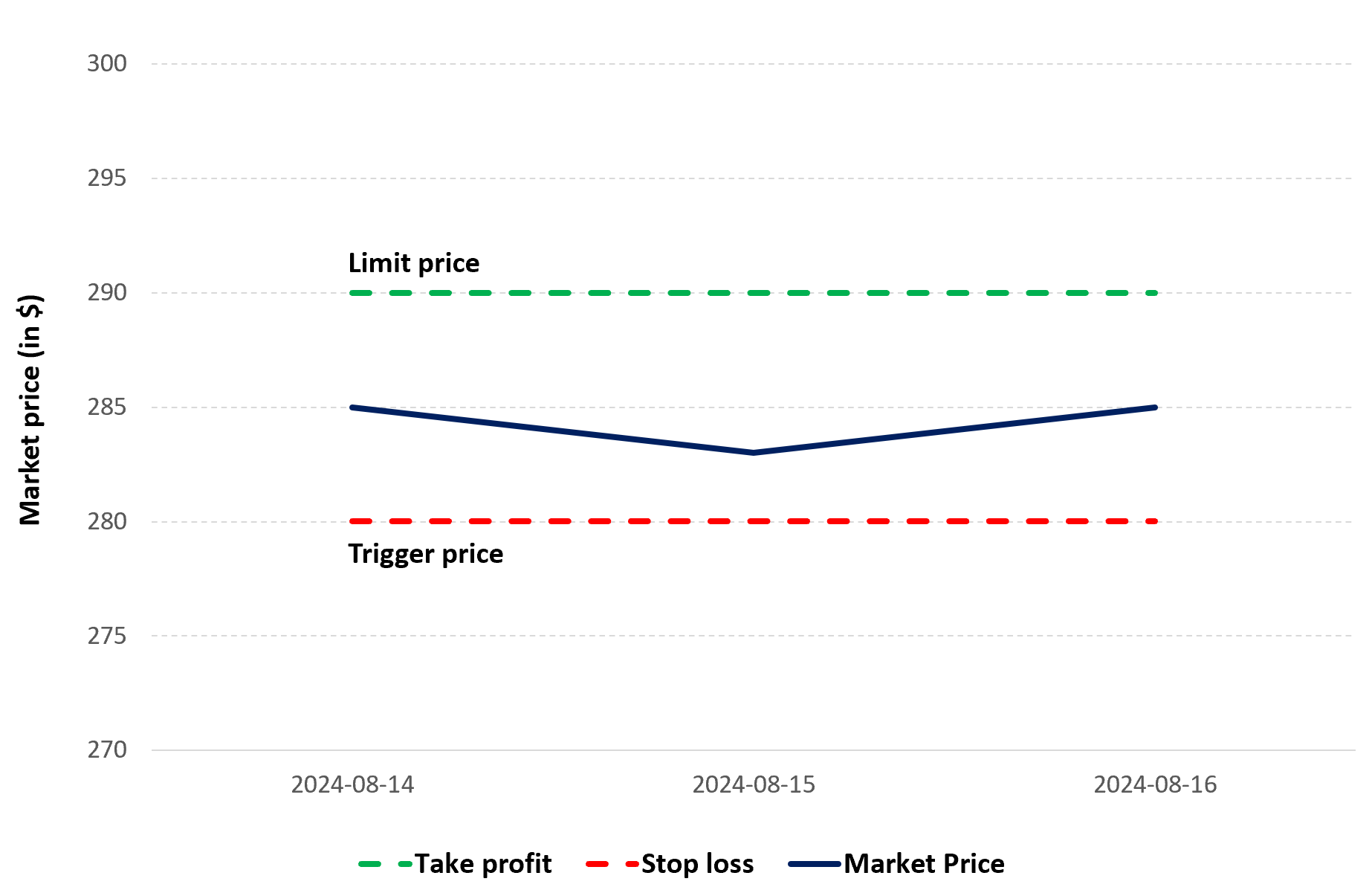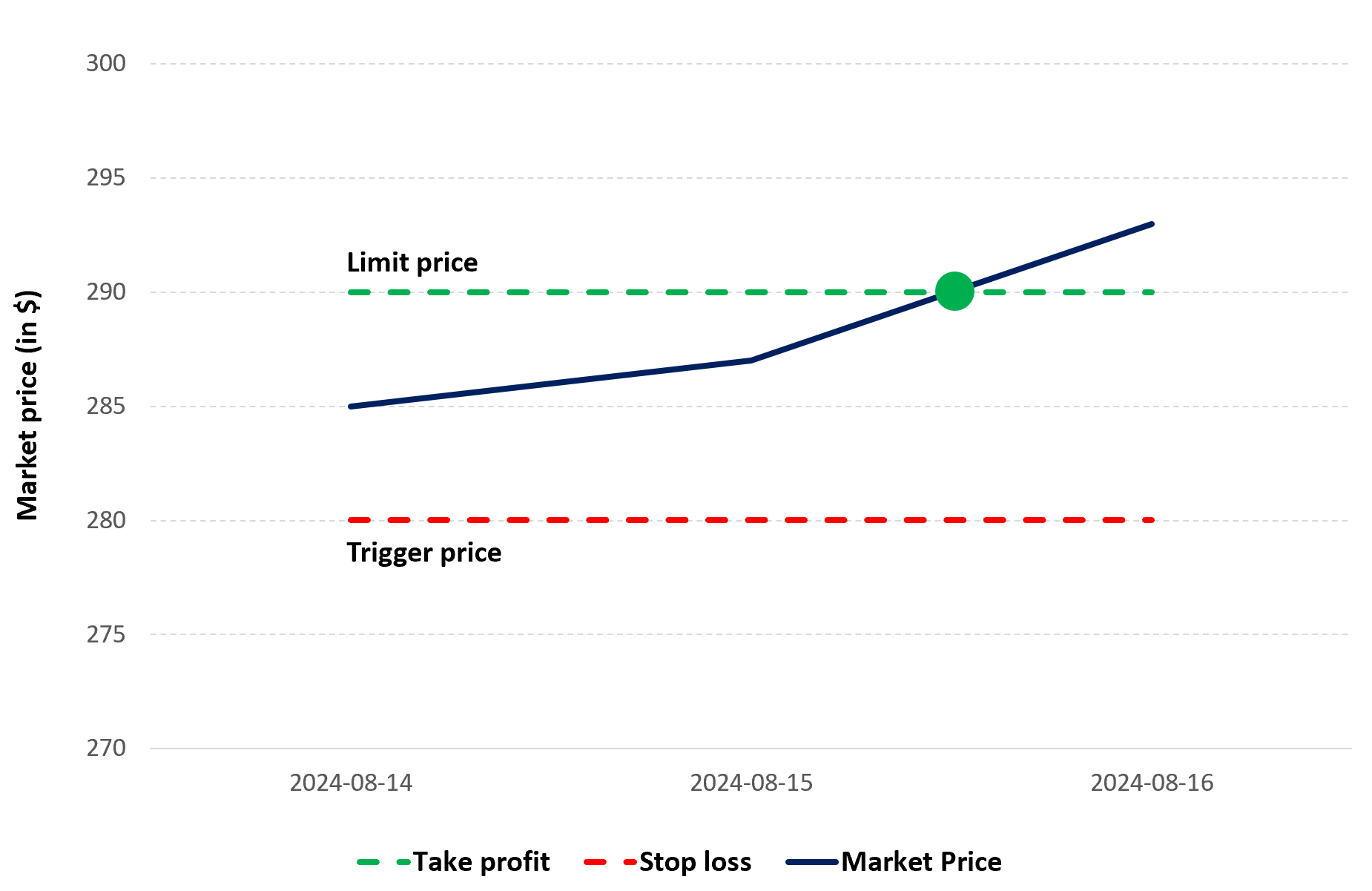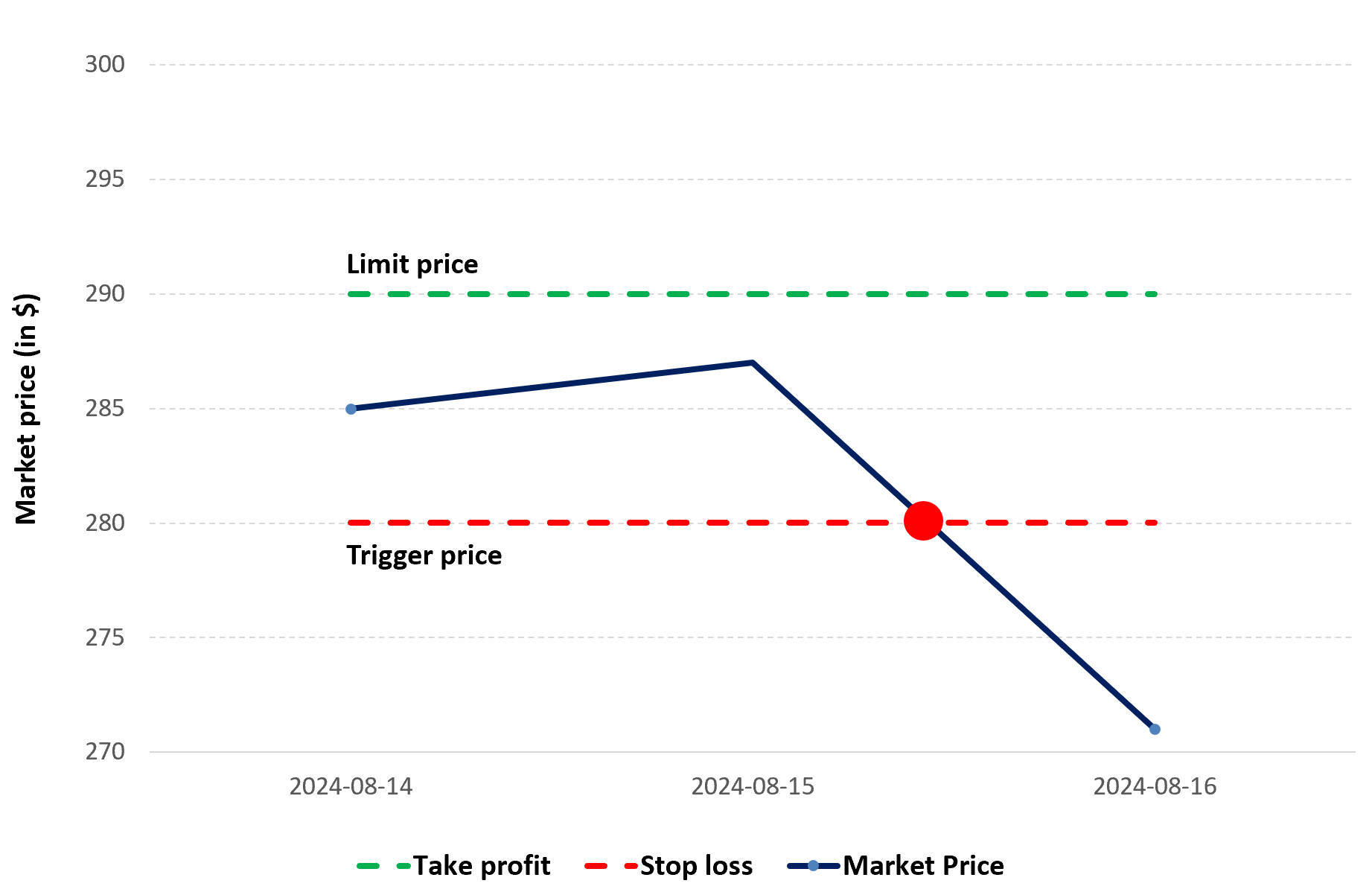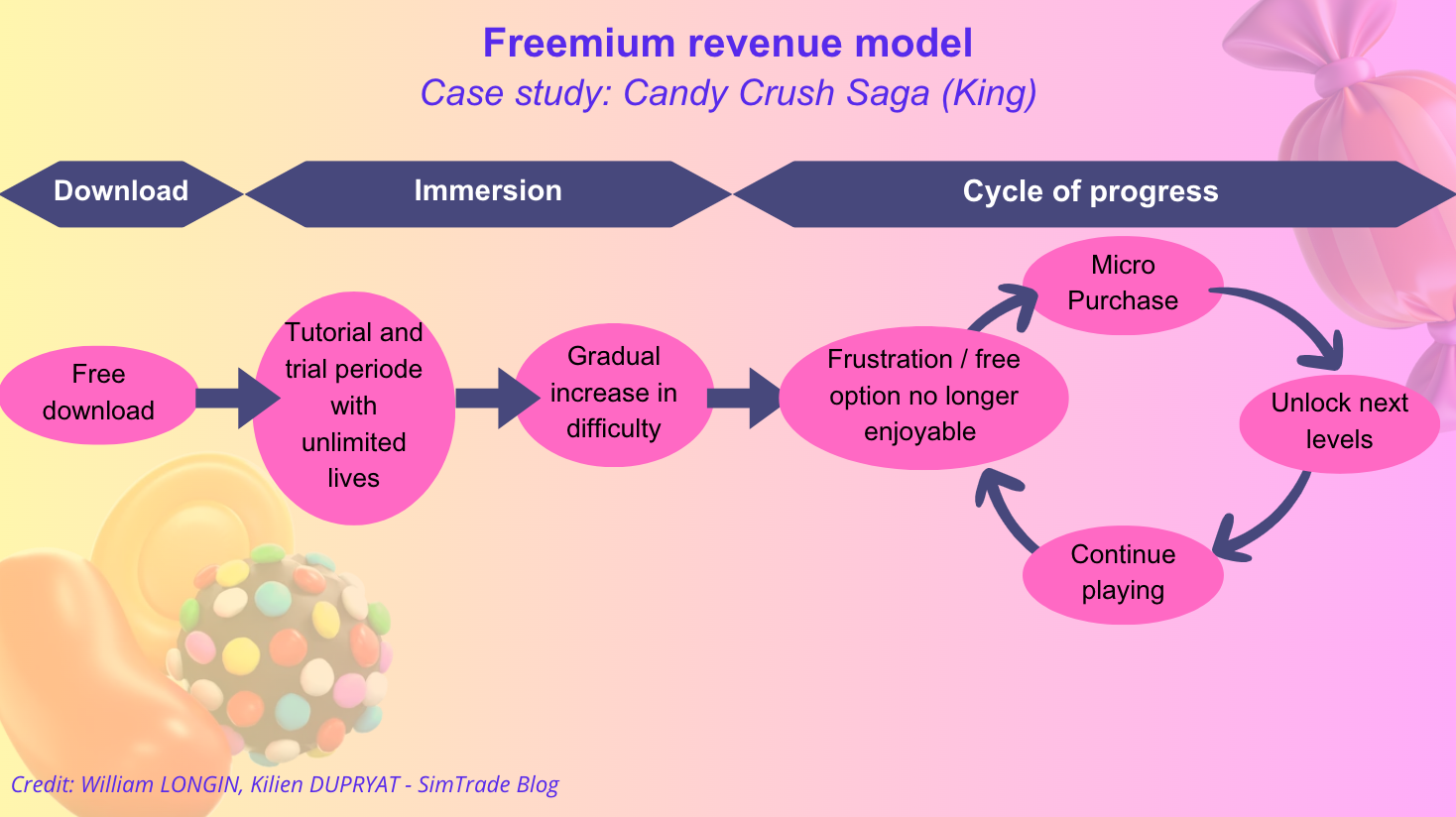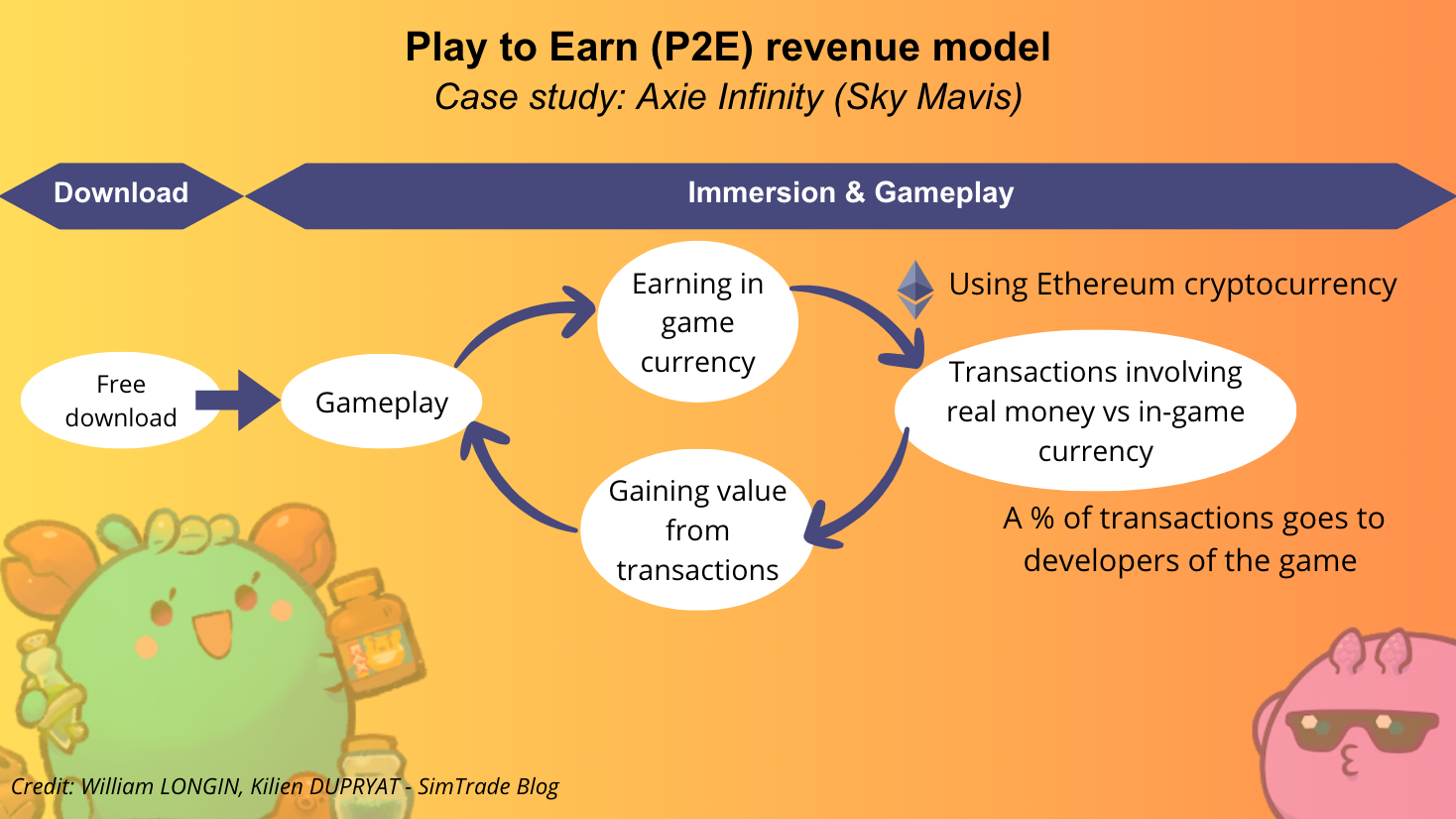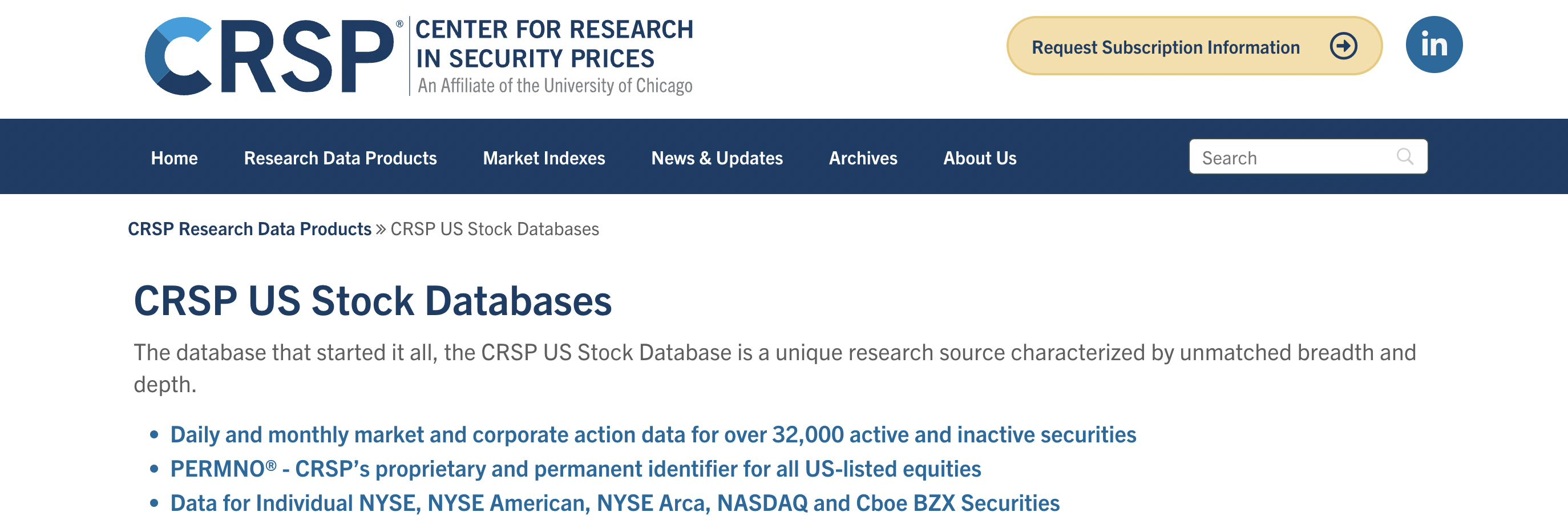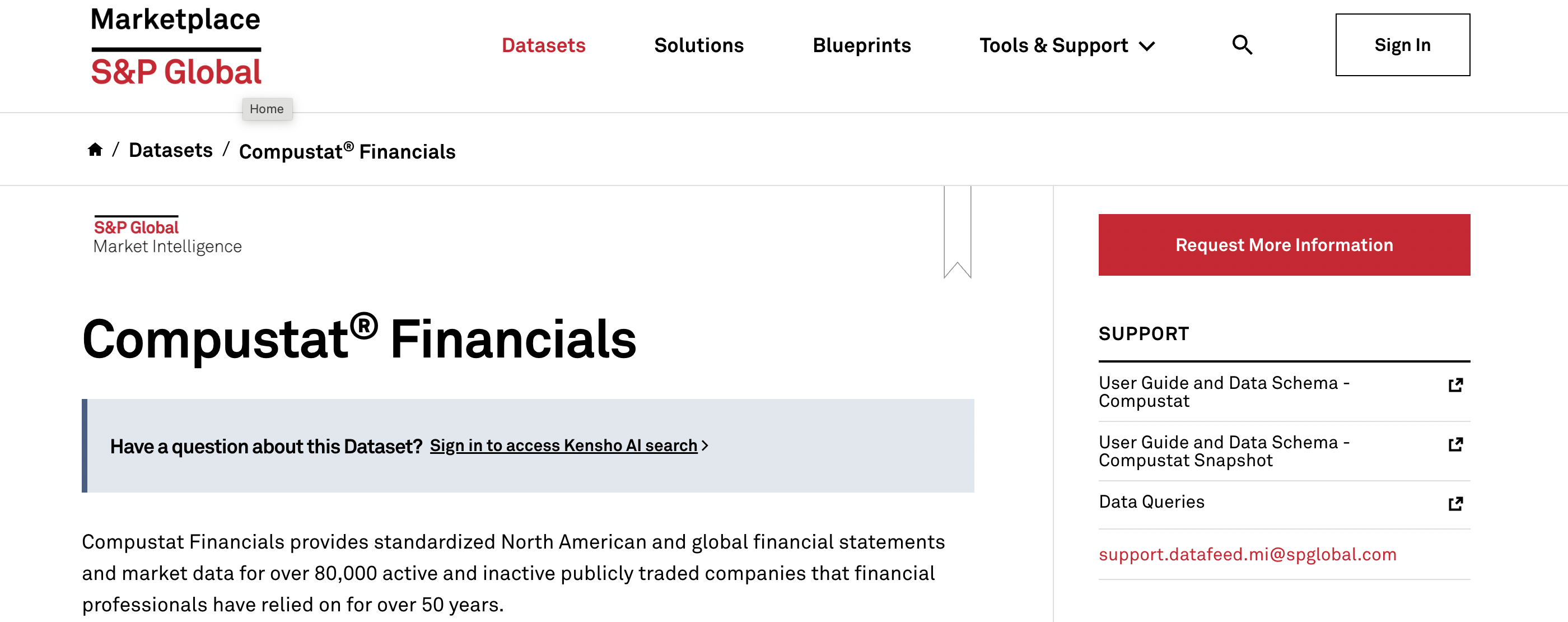Dans cet article, Jean-Marie CHOFFRAY (Professeur Ordinaire Honoraire d’Informatique Décisionnelle à l’Université de Liège, PhD-77, Management Science, Massachusetts Institute of Technology) introduit son recent article “Bitcoin : Défis et Opportunités”.
Nier la réalité de bitcoin n’en change pas la nature… Cette courte note a pour objet de fournir au lecteur une première synthèse des principaux Défis et Opportunités engendrés par l’adoption et la diffusion de Bitcoin (avec « B » majuscule, le réseau informatique). C’est une Révolution Technologique dont les conséquences s’observeront dans les décennies à venir. En effet, le dernier bitcoin (avec « b » minuscule, le moyen d’échange) sera produit vers 2140 ! Suivent sept propositions de réflexion et d’action.
Les trois ANNEXES – Le Triomphe de la Vie dans la Victoire de Bitcoin ; Bitcoin est un rêve, un idéal, un espoir ; Mille quatre cent milliards de dollars – offrent au lecteur un complément d’information lui permettant d’approfondir sa compréhension du phénomène et son analyse de la situation actuelle. De nombreuses et excellentes sources d’informations sont disponibles et consultables sur internet, notamment : https://bitcoin.org/fr/ ; Bitcoin Statistics ; Strategy’s Bitcoin for Corporations.
Qu’est-ce que Bitcoin ?
La Technologie Bitcoin comporte deux éléments : (1) une Base de Données Séquentielle qui intègre aujourd’hui (~) 1,5 milliard de transactions irréversibles, incorruptibles et inviolables entre des agents réels et/ou virtuels – robots ? et (2) un Système d’Exploitation Décentralisé (Bitcoin Core) permettant de valider, de sécuriser et d’enregistrer de telles transactions. Un bitcoin est un moyen d’accès à cette base de données, permettant à son détenteur d’effectuer une transaction irréversible, incorruptible et inviolable ; reconnue comme telle par le réseau. Selon l’objet de la transaction, il s’agit donc d’un droit de propriété digital, d’un moyen d’échange et/ou d’une réserve de valeur ; monnaie et/ou capital digital ?
Ainsi, bitcoin est un objet digital qui peut être stocké, accumulé, transféré et/ou vendu. Le nombre de bitcoins émis diminue exponentiellement dans le temps et le dernier exemplaire sera produit vers 2140. Leur nombre est également limité dans l’espace ; le réseau n’en produira jamais que vingt et un millions. (cf. article original de Satoshi Nakamoto : Bitcoin, un système de paiement électronique). La capitalisation boursière actuelle du réseau (~ $2T : deux mille milliards de dollars) en fait le cinquième actif financier mondial. Soit, plus que la capitalisation cumulée des six plus grandes banques mondiales ; de l’ordre de trois fois le total de bilan de la Banque Centrale Européenne ; ou, encore, deux fois le PIB de la Suisse…
Défis et opportunités
On peut considérer aujourd’hui que la Technologie Bitcoin est quasiment indestructible. Sa probabilité d’effondrement total est estimée à moins de 1%. Pour deux raisons : (1) un éventuel dysfonctionnement du réseau n’affecterait que marginalement la base de transactions séquentielle actuelle (i.e. l’histoire exhaustive des transactions cryptées et encodées depuis 2009) et (2) la décentralisation géographique, technologique et financière du réseau garantit la robustesse – fiabilité et validité – de son mécanisme de gouvernance (e.g. Proof of work). Il va donc falloir apprendre à vivre avec bitcoin, qu’on le veuille ou non, qu’on le souhaite ou pas ! Ceci est d’autant plus vrai que plusieurs pays, dont les États-Unis d’Amérique, ont officialisé leur soutien à cette évolution digitale de l’écosystème bancaire et financier (cf. Strategic Bitcoin Reserve Bill).
Propositions de réflexion et d’action
Pour toute entité publique ou privée soucieuse de marquer sa présence dans ce nouvel espace économique, caractérisé par une forte croissance (~ 60%/an) et une volatilité comparable (~ 60%/cycle de 4 ans) :
- Contribuer à créer un Centre Interuniversitaire d’intelligence, d’expertise et de compétence centré sur Bitcoin et les technologies annexes ou induites.
- Organiser un Symposium Annuel, destiné à rassembler les acteurs du secteur, à diffuser les bonnes pratiques et à susciter l’innovation.
- Constituer un Réseau d’Opérateurs (i.e. bitcoin Miners) assurant une présence effective à l’échelle mondiale et sécurisant l’accès aux transactions (cf. mise en place de Mining Pools).
- Inviter les entreprises – et toute autre institution dotée de Fonds Propres – à adopter le Standard Bitcoin, en y consacrant (~3-5%) de leur Actif Net.
- Destiner les Excédents Énergétiques – sources intermittentes, surplus nucléaire, cycles d’inférence (Intelligence Artificielle) etc. – à la production et au transfert de bitcoins ; au développement technologique – matériels et logiciels – sous-jacent ; et à la création de produits et services nouveaux.
- Constitution d’une Réserve Stratégique – régionale et/ou nationale – de bitcoins tendant vers 3-5% de la richesse économique (cf. Senateur C. Lummis).
- Émission de BitBonds : emprunts obligataires adossés (~10%) à bitcoin (cf. Andrew Hohns : BitBonds, An Idea Whose Time Has Come)
Autres articles sur le blog
▶ Snehasish CHINARA Bitcoin: the mother of all cryptocurrencies
Ressources utiles
Choffray Jean-Marie (2025) Bitcoin : Défis et Opportunités Liège Université
Choffray Jean-Marie List des publications Liège Université
A propos de l’auteur
L’article a été rédigé en juin 2025 par Jean-Marie CHOFFRAY (Professeur Ordinaire Honoraire d’Informatique Décisionnelle à l’Université de Liège, PhD-77, Management Science, Massachusetts Institute of Technology).



